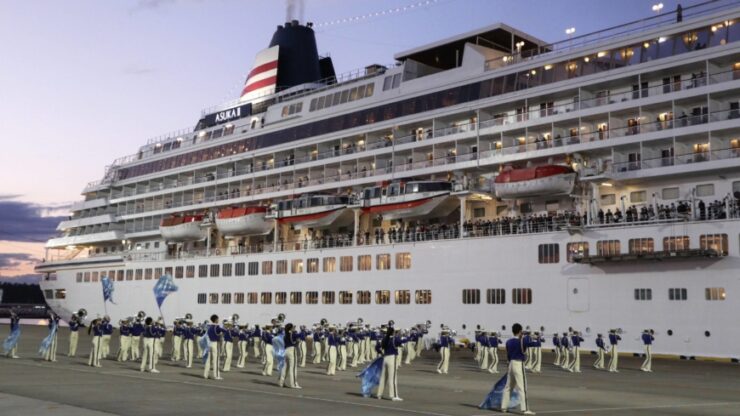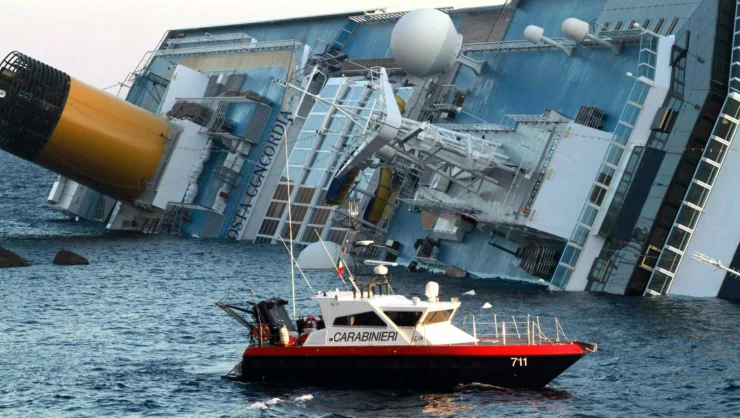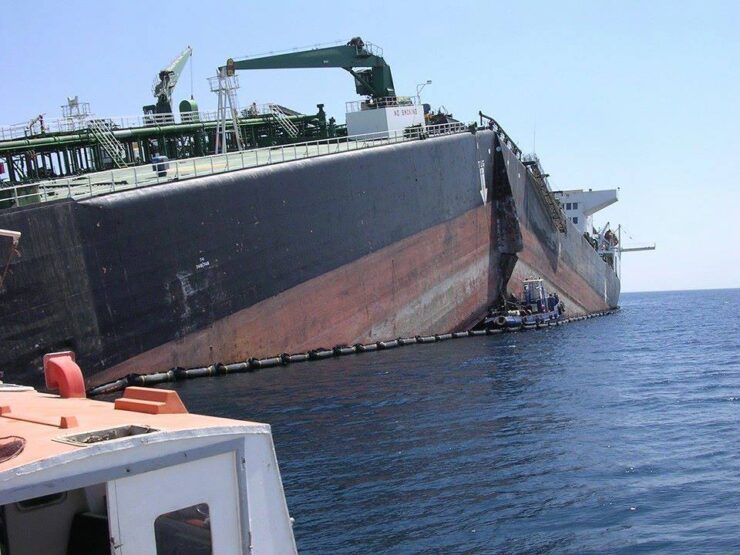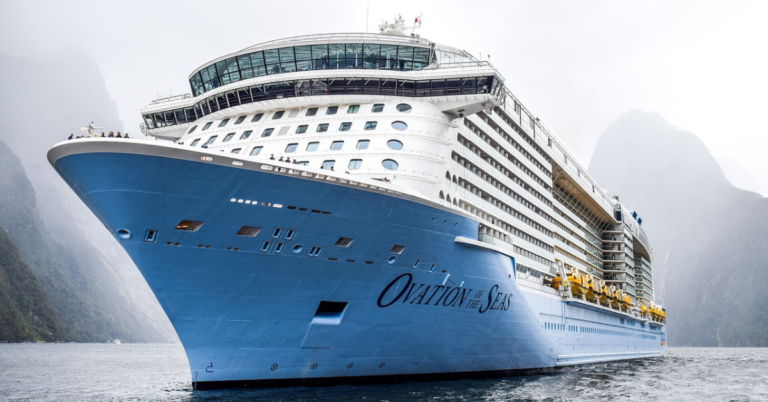Cruising is a fun and relaxing way to explore the world’s oceans, but it’s not without its risks. Thousands of people are injured or fall ill each year while on board cruise ships. Cruise lines have implemented a wide range of safety measures to address these risks to keep passengers and crew members safe. But how effective are these measures, and do they go far enough? In this article, we’ll take a closer look at cruise ship safety measures and their effectiveness.
Understanding Cruise Ship Safety Measures

Safety measures are a collection of protocols, procedures, and technologies designed to prevent accidents and injuries on board. These measures cover a wide range of areas, from fire safety to medical emergencies to crime prevention. These measures aim to ensure that all passengers and crew members are safe and secure while on board.
Examples of Cruise Ship Safety Measures
Examples of this kind of safety measures include:
- Fire protection systems, such as sprinklers, alarms, and smoke detectors
- Lifeboats and life rafts to evacuate passengers in the event of an emergency
- Security personnel to prevent and respond to crime on board
- Medical facilities and trained medical staff to provide care in case of illness or injury
- Onboard safety drills to familiarize passengers with security procedures
Common Cruise Ship Accidents and Injuries
While cruise ship safety measures are designed to prevent accidents and injuries, they sometimes work differently than intended. Here are two examples of common accidents and injuries:
Slip and Falls
Slip and falls are a common type of accident. Passengers can slip and fall on wet or slippery surfaces like decks, stairways, or pool areas. While cruise lines have implemented measures to prevent slips and falls, such as anti-slip coatings and warning signs, accidents still happen.
Norovirus Outbreaks
Norovirus is a highly contagious virus that can spread quickly on cruise ships. It causes symptoms such as vomiting, diarrhea, and stomach cramps. Cruise lines have implemented measures to prevent norovirus outbreaks, such as increased cleaning and disinfecting, and isolating infected passengers. However, outbreaks still occur.
What to Do If You Get Injured
While no one plans to get injured on your journey, preparing for an accident is important. If you do get injured, seek medical attention immediately. Cruise ships typically have onboard medical facilities and trained medical personnel who can provide treatment. Be sure to report the accident or injury to the ship’s staff and ask for a written incident report.
If your injury is serious and requires ongoing medical treatment, you may need to consider legal action to seek compensation for your medical bills and other damages. Contact a maritime lawyer with experience handling cruise ship accident cases. They can help you understand your legal rights and options, and guide you through the legal process.
Preventing Cruise Ship Accidents and Injuries

While accidents and injuries can still happen despite safety measures, there are steps passengers can take to reduce their risk of getting injured. Some tips include wearing appropriate footwear with good traction, being cautious on wet or slippery surfaces, and following all safety instructions and warning signs.
Passengers should also practice good hygiene to prevent the spread of illnesses like norovirus. This includes washing hands frequently with soap and water, using hand sanitizer, and avoiding touching surfaces with unwashed hands. Passengers can enjoy a safer and healthier sail experience by taking these precautions.
The Role of Cruise Ship Companies in Safety
Cruise ship companies are responsible for providing a safe and secure environment for their passengers and crew members. They are required to follow a set of safety regulations established by international and national organizations, such as the International Maritime Organization (IMO) and the United States Coast Guard.
Safety Regulations
There are a number of regulations in place to ensure the safety of passengers and crew members on cruise ships. Here are two examples of international and United States regulations:
International Regulations
The International Maritime Organization (IMO) has established a set of regulations known as the International Convention for the Safety of Life at Sea (SOLAS). These regulations cover a wide range of security issues, such as fire protection, life-saving equipment, and emergency procedures.
United States Regulations
The United States Coast Guard has established a set of regulations known as the Cruise Vessel Security and Safety Act (CVSSA). These regulations cover issues such as crime prevention, emergency preparedness, and medical care. The CVSSA requires cruise lines to report all crimes on board, install peepholes on cabin doors, and provide a certain level of medical care on board.
The Effectiveness of Safety Measures
Protection measures have been put in place to reduce the risks of accidents and injuries, but how effective are they? Here are some examples of success stories and areas for improvement:
Success Stories
Cruise ship safety measures have been effective in preventing some accidents and injuries. For example, fire security systems and life-saving equipment have helped to prevent tragedies, such as the sinking of the Costa Concordia in 2012. In addition, the Cruise Vessel Security and Safety Act has helped to reduce the incidence of crime on board.
Failures and Improvements

While these safety measures have been effective in some areas, there are still areas for improvement. For example, despite anti-slip coatings and warning signs, slip and fall accidents continue to be a problem on board. In addition, norovirus outbreaks continue to occur, despite increased cleaning and disinfecting measures.
One area where cruise ship companies can improve their protection measures is in the area of medical care. While these ships have medical facilities and trained medical staff, they may only be sometimes equipped to handle serious medical emergencies. In some cases, passengers have had to be airlifted to shore for treatment, which can be expensive and time-consuming.
Safety measures are important to ensure passengers and crew onboard protection and security. While these measures have been effective in some areas, there is still room for improvement. Cruise ship companies should continue to evaluate and improve their safety measures to ensure that passengers and crew members are as safe as possible while on board.
If you or a loved one has been injured while on a cruise ship, seeking legal help is important. The Vucci is a team of experienced cruise ship injury lawyers who can help you get the compensation you deserve. They know the ins and outs of this kind of safety regulations and can help you navigate the legal process.
Related Posts:
- 20 Best Gaming Headset Under 50$ 2024 - for PC, PS4,…
- 12 Best Car Wax For Black Cars 2024 - Protection and…
- 15 Best Shoes for Walking on Concrete 2024 - Soft &…
- 15 Best Shoes for Jumping Rope 2024 - Maintain a…
- Top 16 Best Office Chair Covers 2024 - Chair…
- 15 Best Dog Food For Allergies 2024 - Adult, Puppy…







